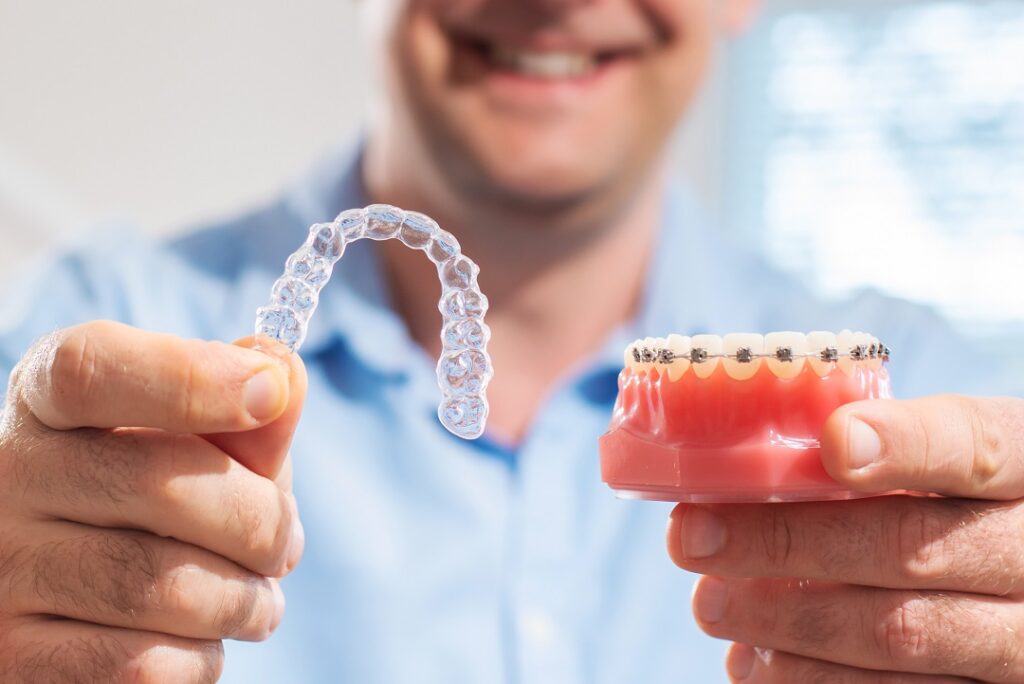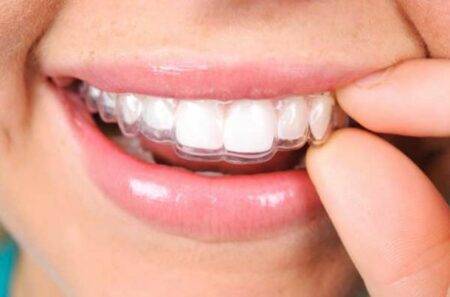Aligners are a popular and effective orthodontic treatment option, but not all cases are straightforward. Some cases may be more difficult to treat with aligners, requiring extra attention and expertise.
As an orthodontist, it’s important to know how to handle difficult aligner cases in your practice. Here are some tips to help you navigate challenging cases:
Evaluate the patient’s needs:
The first step in handling difficult aligner cases is to evaluate the patient’s needs and determine whether aligners are the best treatment option.
Some cases may require a combination of aligners and other orthodontic appliances, while others may be better suited for traditional braces. Make sure to carefully evaluate each patient’s case to determine the best course of treatment.
Use advanced technology:
Advanced technology can be a valuable tool for handling difficult aligner cases. Digital scanning, 3D modeling, and advanced treatment planning software can help you create more precise and accurate aligners that are tailored to your patient’s unique needs.
This can help you achieve better results and reduce the need for manual adjustments.
Consider auxiliary appliances:
In some cases, auxiliary appliances may be necessary to achieve the desired results. These may include lingual archwires, temporary anchorage devices, or other orthodontic appliances.
Make sure to carefully consider the use of auxiliary appliances and discuss them with your patient before beginning treatment.
Monitor progress closely:
Difficult aligner cases may require more frequent monitoring to ensure that the treatment is progressing as planned. Make sure to schedule regular appointments with your patient to check on their progress and make any necessary adjustments.
Communicate clearly with your patient:
Clear communication is essential when handling difficult aligner cases. Make sure to explain the treatment process to your patient, including any potential challenges or complications.
This can help them feel more informed and confident in their treatment.
Consider seeking help from a specialist:
In some cases, it may be necessary to seek help from a specialist, such as an orthodontic consultant or an orthodontic laboratory. These experts can provide valuable insights and expertise to help you achieve the best possible results for your patient.
In conclusion, handling difficult aligner cases requires a combination of skill, experience, and advanced technology.
By carefully evaluating each patient’s case, using advanced technology, considering auxiliary appliances, monitoring progress closely, communicating clearly with your patient, and seeking help from a specialist if necessary, you can provide your patients with the best possible care and achieve optimal results.




